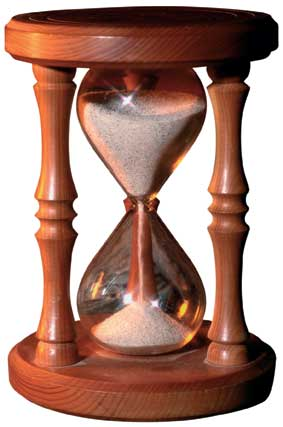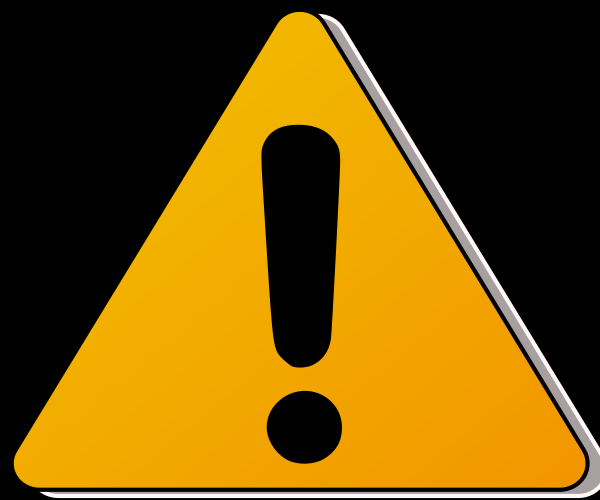It’s 74 degrees outside. I”m tempted to blow off my tweeting and blogging and go for a nice, long walk.
Anybody else been there?
Being a freelance writer takes a tremendous amount of discipline, and this is a fact that goes double in the summer months–especially if you live in a four-season climate.
The sunshine and fresh air make for a tempting playmate. So how can you stay on track and still take advantage of the weather? Here are my tips for keeping up with your workload and enjoying the best days of the year-
+ Work ahead on “iffy” days. Not every day is balmy and breezy. If it rains, or is otherwise a “so-so” day outside, do some extra work. The more work you bank on days like that, the easier it will be to take a day off if you want. So schedule some tweets on Hootsuite, write a few blog posts and finish an assignment early. You’ll thank yourself.
+ Get up earlier. I know. This one hurts. I’m trying it this summer–and so far, so good. I hate the morning, but am using it to finish off menial tasks that require precious little thinking power. Even an hour can make a difference. Answer e-mail, delete spam comments on your blog, update your social media accounts and get your invoices in order.
+ Take a working lunch. Bring your laptop to an outdoor cafe and edit some copy. Brown bag it and go to the park to brainstorm query ideas. If you are outside and working, it’s a win/win.
+ Schedule yourself. One of the benefits of freelancing is the ability to do things pretty much whenever you’d like. Even so, if you schedule your week out, you’ll probably wind up with more time to play hookie. Just sayin’. Plus, this is a good habit to get into for the rest of the year…
Do you have any tips you can share for staying on-target despite the increasingly beautiful weather? Please share!





